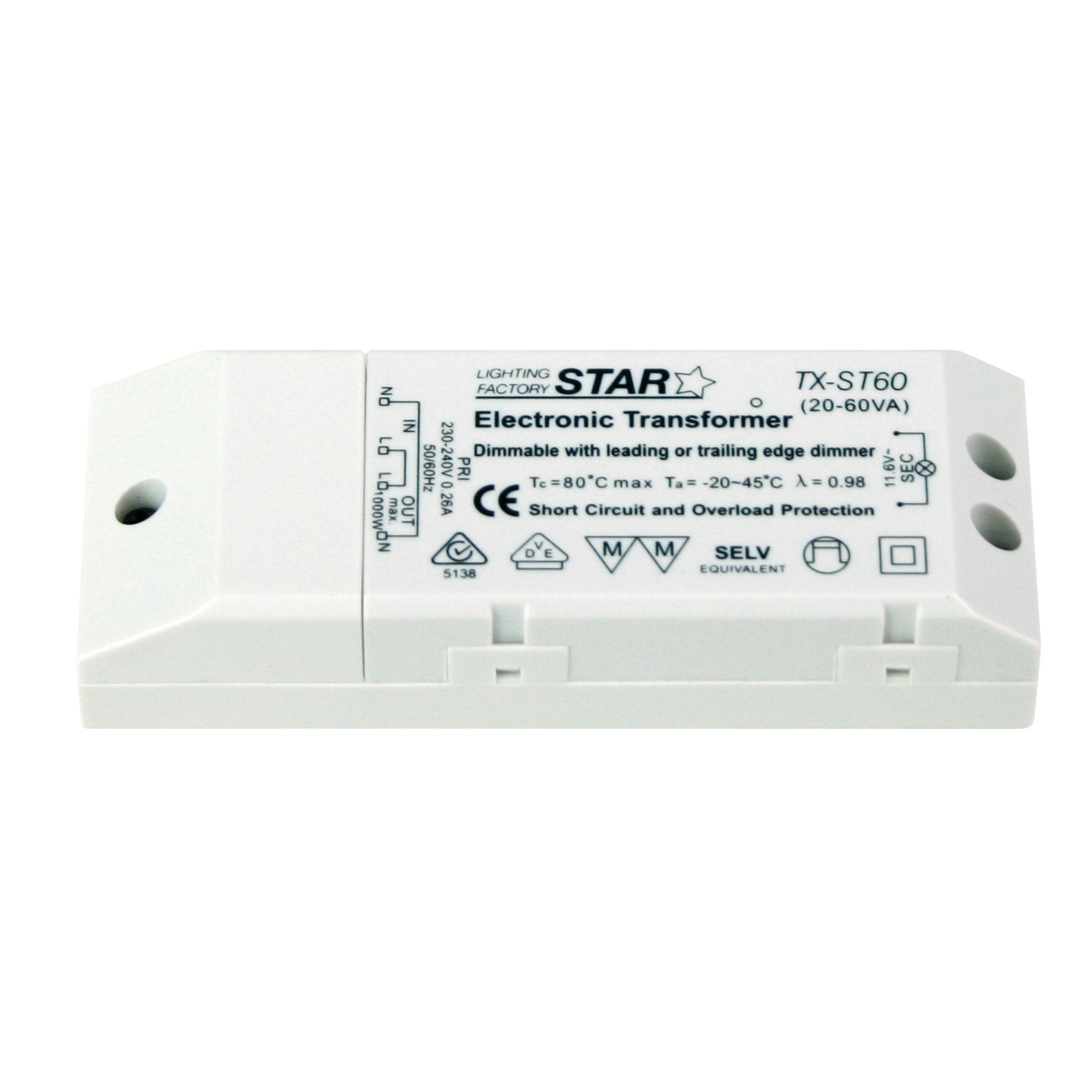Transformers play a crucial role in various industries, from power distribution to electronics manufacturing. Choosing the right transformer is essential to ensure optimal performance, efficiency, and safety. In this comprehensive guide, we will explore the key factors to consider when selecting a transformer, empowering you to make informed decisions that meet your specific power requirements.
- Understanding Power Requirements:
Before diving into the selection process, it is crucial to assess your power needs accurately. Consider factors such as voltage, current, frequency, and power factor. Determine whether you require a step-up or step-down transformer, as well as the expected load variations and any specific industry standards or regulations that apply. - Types of Transformers:
There are several types of transformers available, each designed for specific applications. These include power transformers, distribution transformers, instrument transformers, and autotransformers. Understand the unique features and advantages of each type to identify the most suitable one for your needs. - Load Considerations:
Analyzing your load requirements is vital to ensure the transformer can handle the expected power demands. Consider factors such as load type (resistive, inductive, or capacitive), load fluctuations, and peak loads. This analysis will help determine the appropriate transformer size, insulation levels, and cooling mechanisms required. - Efficiency and Energy Savings:
Energy efficiency is a critical consideration, both for environmental sustainability and cost-effectiveness. Look for transformers with high efficiency ratings, such as those meeting the Energy Star or NEMA Premium standards. Additionally, consider features like low no-load losses and efficient cooling systems to minimize energy wastage. - Voltage Regulation and Stability:
Maintaining stable voltage levels is essential to prevent equipment damage and ensure reliable operation. Transformers with good voltage regulation capabilities help compensate for voltage fluctuations in the power supply. Look for transformers with low voltage regulation percentages and consider additional features like tap changers for enhanced voltage control. - Quality and Reliability:
Choosing a transformer from a reputable manufacturer is crucial to ensure quality and reliability. Research manufacturers' track records, certifications, and customer reviews. Look for transformers that comply with industry standards such as IEEE, IEC, or UL. Investing in a high-quality transformer will minimize downtime, reduce maintenance costs, and enhance overall system performance. - Safety Considerations:
Transformer safety is paramount to protect personnel and equipment. Consider features such as short-circuit protection, overcurrent protection, and temperature monitoring. Look for transformers with robust insulation systems and adequate clearances to prevent electrical hazards. Compliance with safety standards, such as ANSI or CSA, is essential.
Conclusion:
Choosing the right transformer requires a thorough understanding of your power needs, load considerations, efficiency requirements, and safety considerations. By carefully evaluating these factors and considering the information provided in this guide, you can confidently select a transformer that meets your specific requirements. Remember to consult with experts and manufacturers for personalized advice and to ensure compliance with local regulations. Transform your power needs with the right transformer and unlock enhanced performance, efficiency, and reliability in your operations.

